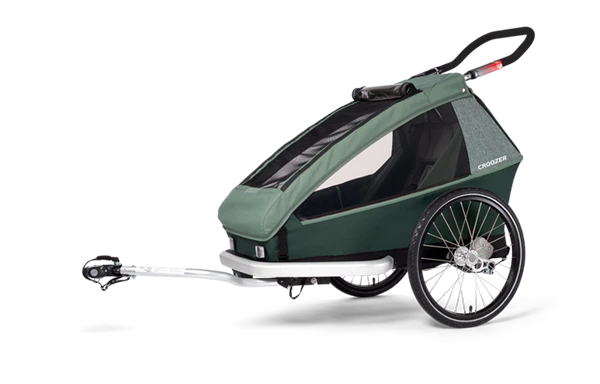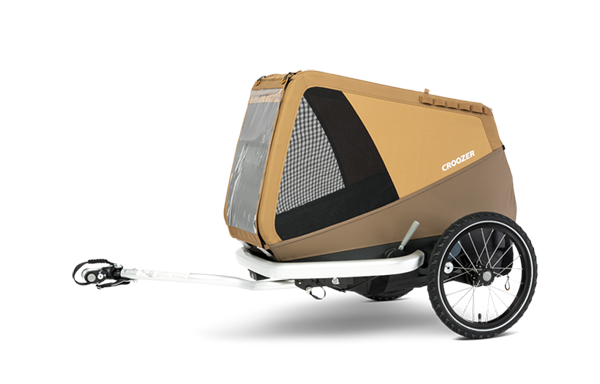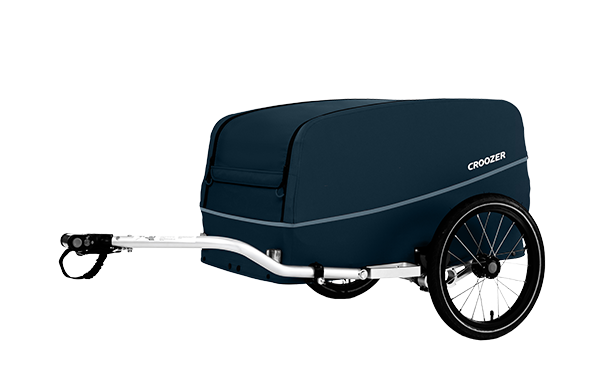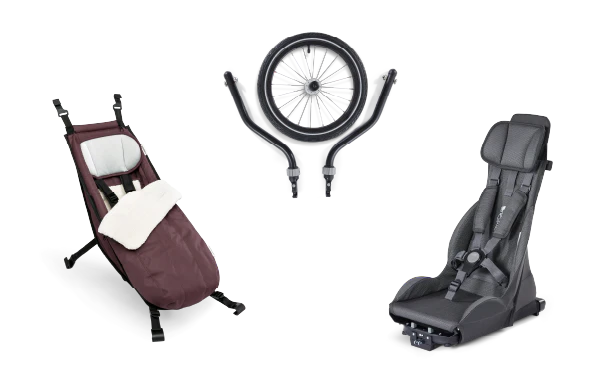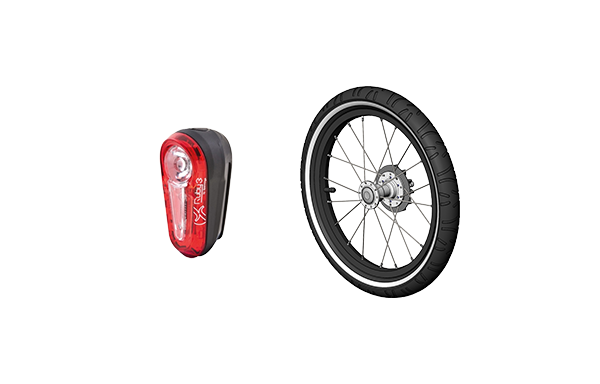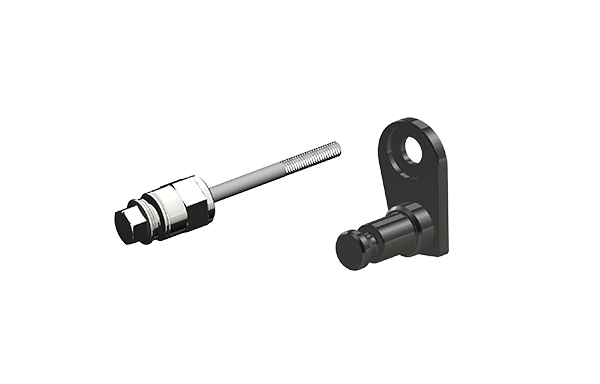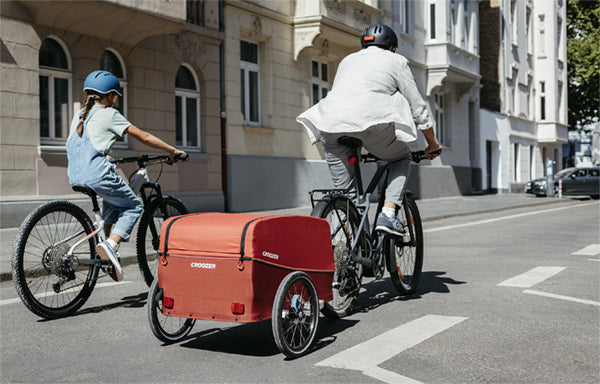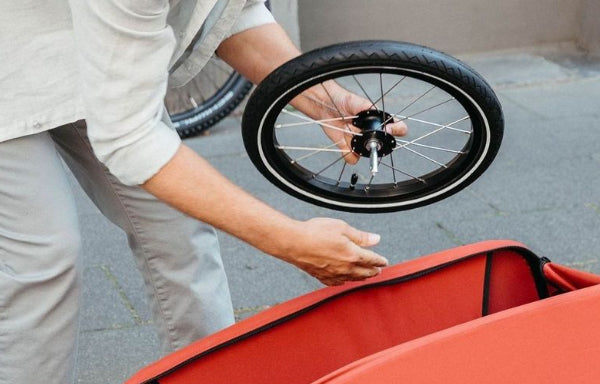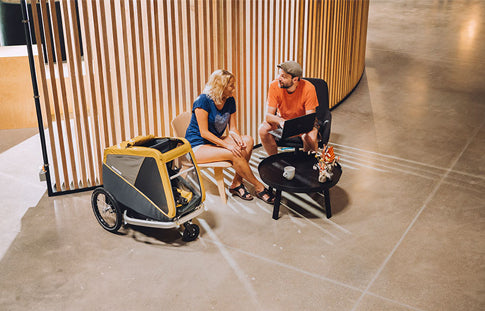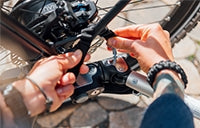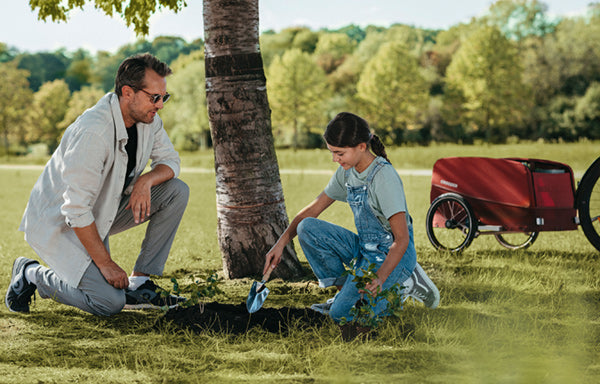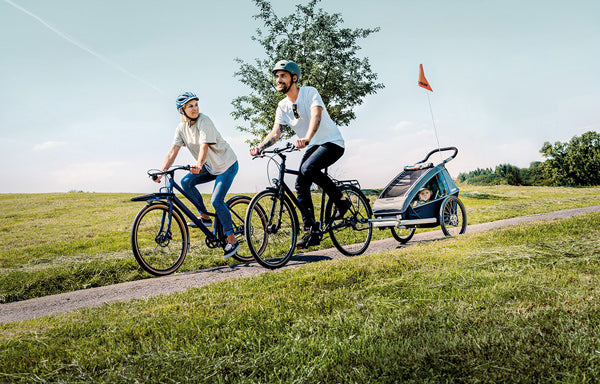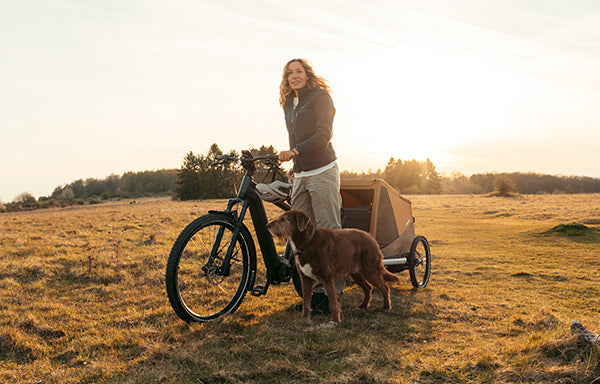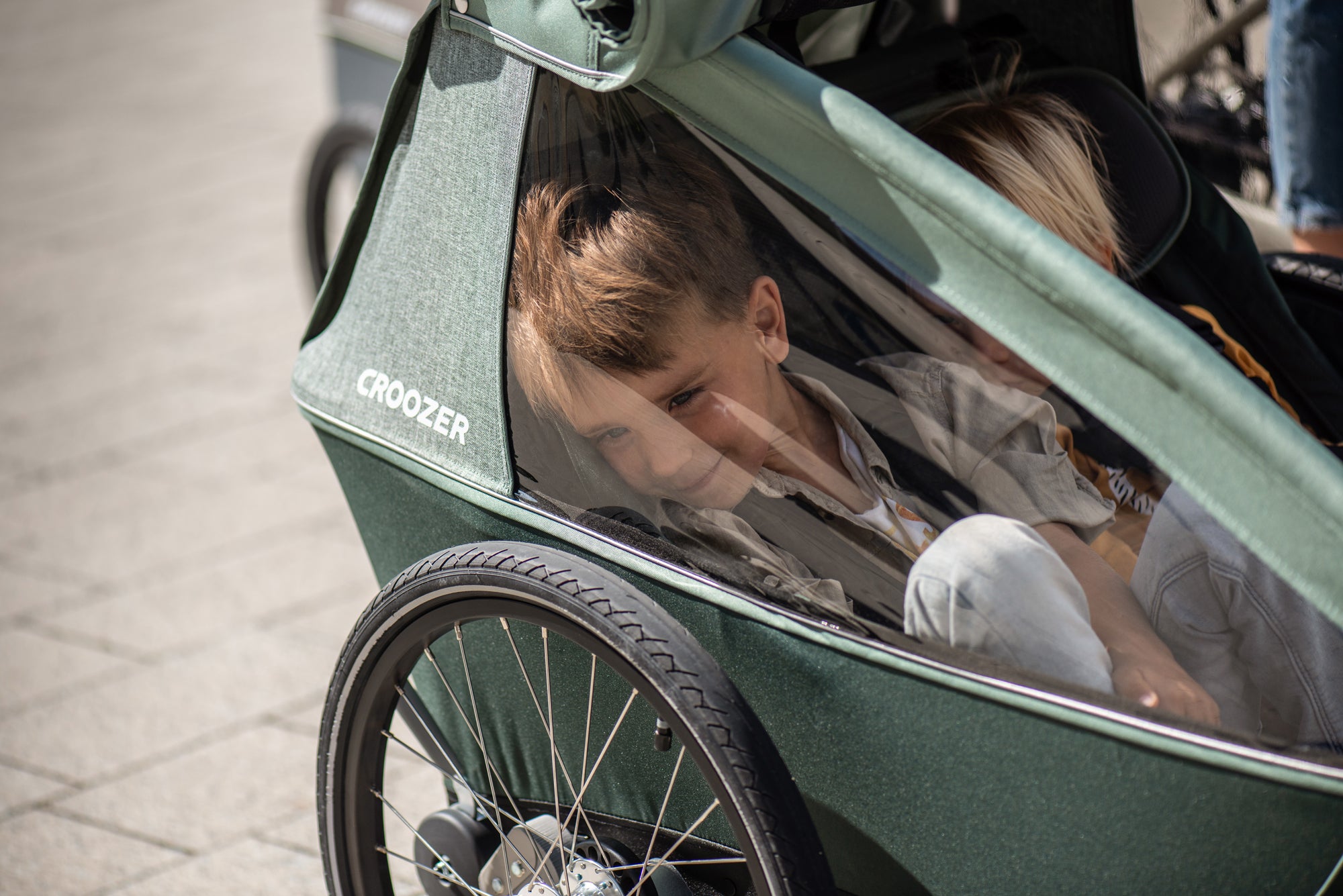Below, you can find more detailed information on the aforementioned tests.
The following chemical tests are required by the standard EN 15918:
The trailer is loaded to 125% of the rated load capacity and placed on a drum test rig. Wedge-shaped obstacles are attached to the surface of the drum. When the drum rotates, the trailer is forced to ride over the obstacles at a speed of 12.5 km/h (7.8 mph).
After a predetermined number of cycles, both the frame and the chassis must be free of damage.
The axle sockets of the trailer are secured. Subsequently, the hitch arm is loaded horizontally with a force equivalent to 450% of the rated load capacity.
After a pre-determined number of cycles, both the hitch arm and the connection between the hitch arm and trailer must be free of structural damage.
The lower frame of the trailer is secured. Then the upper frame structure is loaded with a force equivalent to 150% of the rated load capacity at an angle of 45°.
After the test, the passenger compartment must be free of any significant deformation.
Croozer’s Superbar provides additional protection for passengers in the event of a side impact or rear-end collision.
The lower frame of the trailer is secured. A crash-test dummy is placed on each seat and strapped in. Subsequently, each dummy is subjected to a horizontal force of 1000N.
After the test, the harnesses must be free of any sign of damage.
The trailer is placed on a ramp whose lower end is blocked by a steel panel. The trailer is loaded with crash-test dummies of a predetermined weight. Subsequently, the trailer is released and allowed to roll down the ramp and crash into the steel panel.
After the test, the trailer must be free of all visible damage. All locking mechanisms and fasteners must be in perfect working order.
The handlebar of the trailer is attached to a testing device. The trailer is loaded with crash-test dummies of a predetermined weight. Then a vertical force is applied to the handlebar to lift and lower it repeatedly so that the rear and front wheels are lifted and lowered in turn.
After a predetermined number of cycles the handlebar, along with other parts of the trailer, must be free of structural damage.
Regulation (EC) No. 1907/2006 (“REACH”) is the European Community regulation on the registration, evaluation and authorisation of chemicals. It covers the use of chemical substances in preparations and articles. One objective of REACH is to ensure the traceability of chemical substances throughout the entire supply chain, from their manufacture to their end use. Under the REACH Regulation, our company is considered a so-called “downstream user” because we neither manufacture nor import chemical substances. Accordingly, we are not subject to the registration requirements imposed by REACH and are not obligated to issue safety data sheets. However, in order to protect the supply chain and ensure maximum product safety, we verify that our suppliers are implementing all relevant REACH requirements. Companies must demonstrate their compliance with REACH in order to become a Croozer supplier. In addition, we have our materials tested by independent testing institutes and can confirm that none of our products currently contain any substances that appear in the so-called SVHC candidate list as per Art. 33 (2) of Regulation (EC) No. 1907/2006 (“REACH”) in a concentration above 0.1% weight by weight.
